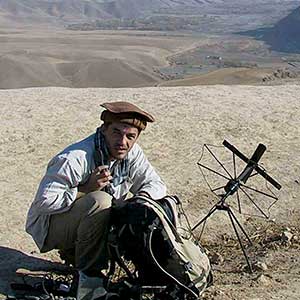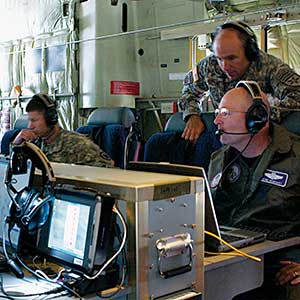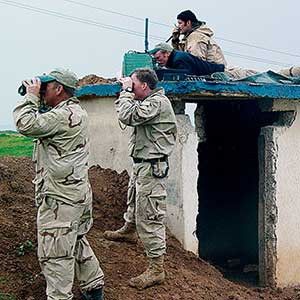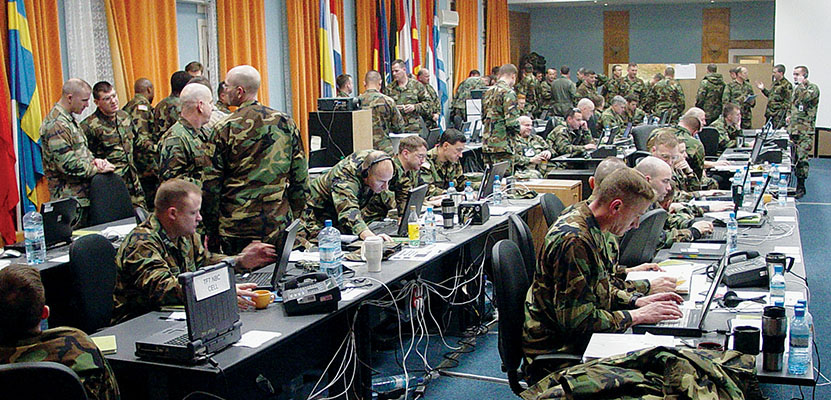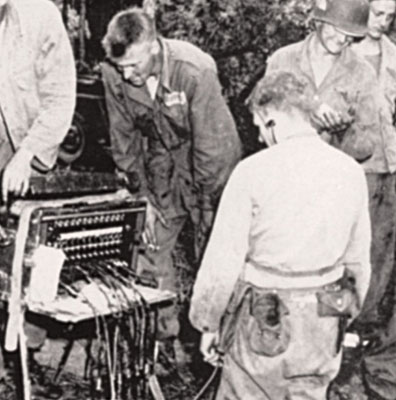Army Special Operations Forces (ARSOF) communications grew out of the support to the World War II legacy units that are the predecessors of today’s units. The following photo essay traces the history of ARSOF communications support from individual and unit perspectives. From World War II, the Korean War, and Viet Nam to the Global War on Terrorism, the need for technologically advanced communications systems, highly trained operators, and the ability to deploy rapidly have been hallmarks of ARSOF communications support.
From Veritas, Vol. 4, No. 1, 2008
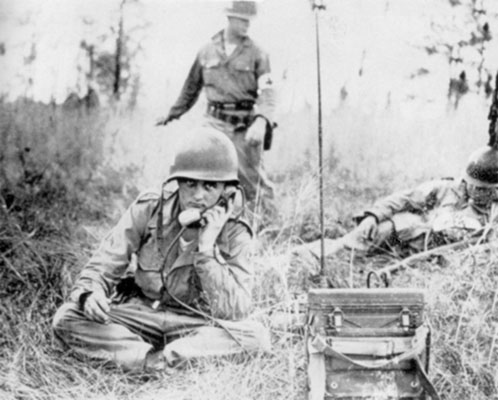
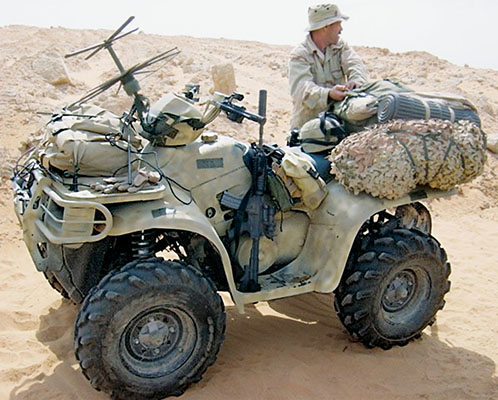
World War II:
The Legacy Units
Operating behind enemy lines in all theaters of World War II, the predecessors of today’s ARSOF units depended on radio communications to maintain contact with their headquarters. In Burma, the Office of Strategic Services (OSS) Detachment 101 and Merrill’s Marauders worked deep behind Japanese lines. In the Pacific Theater, the Alamo Scouts and 6th Army Rangers gathered intelligence and conducted raids on the Japanese-held islands. In Europe, the Operational Groups and Jedburgh Teams of the OSS worked with resistance movements against the German occupation. The 512th Signal Company supported the Canadian-American First Special Service Force in 1944 and in 1945 was incorporated into the newly constituted 112th Signal Battalion supporting the 1st Allied Airborne Army. The 112th participated in Operation VARSITY and provided telephone support at the Potsdam Conference. The 112th was deactivated on 17 December 1945.


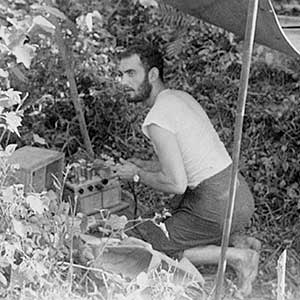
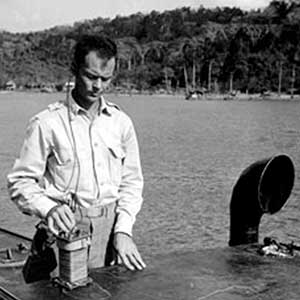
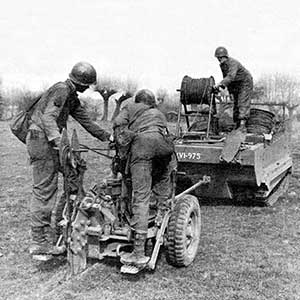
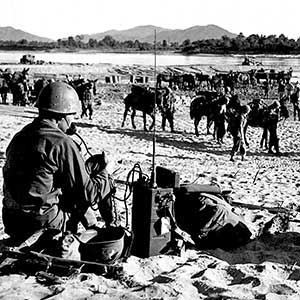
The 1950s:
The Korean War and Early Special Forces

The birth of Army Special Forces coincided with the Korean War. Army Special Operations Forces were an integral part of the Army’s force structure during the war. The Army organized Ranger companies, four of which were employed in 1950 and 1951. On the off-shore islands, U.S. advisors worked with North Korean partisan units under the control of the 8240th Army Unit. In 1952, the Army stood up the 10th Special Forces Group at Fort Bragg, NC. Some members of the 10th deployed to Korea to the 8240th. Communications for the ARSOF units was largely based on World War II-era radios, principally the FM SCR-300. The AN/GRC-109 system, with the hand-cranked generator was used by the Special Forces teams, who continued to use Morse Code for long-range communications.
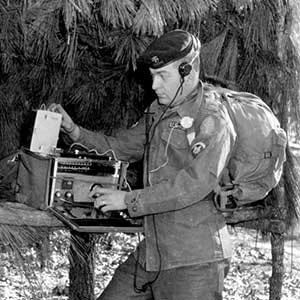
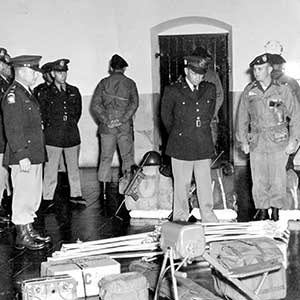
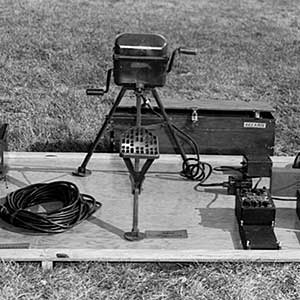

The 1960s and 1970s:
The Vietnam War and the Return of the Rangers
The Vietnam War witnessed the rapid expansion of Special Forces, primarily with the formation of the 5th Special Forces Group, which at its peak numbered over 3,000 SF soldiers. The Rangers were present in the form of Long-Range Reconnaissance Patrols (LRRPs). During the war, the main mode of communications was via man-pack FM radios, with ranges extended by the use of retransmission sites. With the activation of the 1st and 2nd Ranger Battalions in 1974, the Army stood up the first battalion-sized Ranger units since World War II. ARSOF continued to depend on communications support at the unit level, as there were no SOF signal units in the force structure.
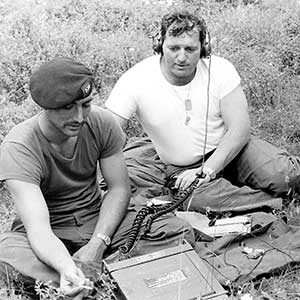



1980s and 1990s:
Dedicated Signal Support and Global Operations
Inactive since December 1945, the 112th Signal Battalion (A) was reactivated on 17 September 1986 at Fort Bragg, NC. The mission of the 112th was to provide tailored communications support packages to Joint and ARSOF component commands. The 112th was initially assigned to 1st Special Operations Command (1st SOCOM) and in the 1990s, was assigned to the newly formed United States Army Special Operations Command (USASOC). The decades of the ‘80s and ‘90s saw ARSOF units involved in every major U.S. engagement, including Operation URGENT FURY in Grenada, Operation JUST CAUSE in Panama and Operation DESERT STORM in Iraq. Advances in communications technology introduced satellite systems as a major component of communications support.
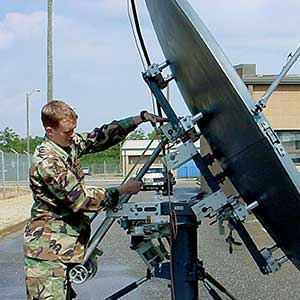
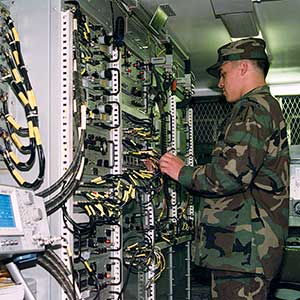
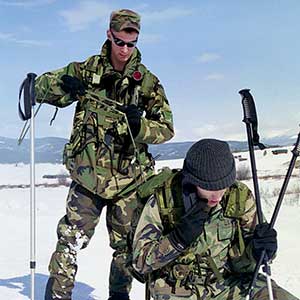
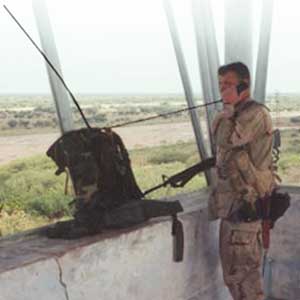
The 21st Century:
Support to the Global War on Terrorism
The Global War on Terrorism placed ARSOF in the forefront in both Operation ENDURING FREEDOM in Afghanistan and Operation IRAQI FREEDOM in Iraq. On the ground, Special Forces teams working with host nations forces depended on lightweight systems such as the Multiband Inter-Team Radio (MBITR) for secure communications. The 112th Signal Battalion deployed communications teams around the world and by interfacing with the Joint Communications Support Element (JCSE), provided secure voice and data transmission capability to ARSOF units in every theater of operations.
